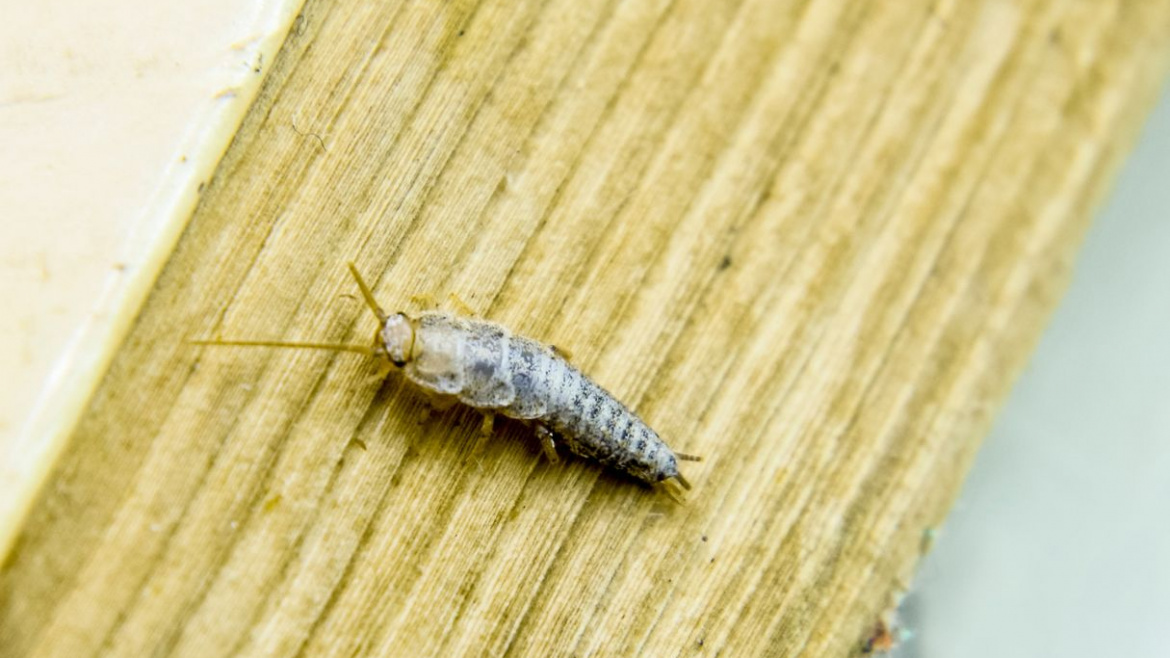Silverfish, also known as Lepisma saccharina, are small, wingless insects that are known to be quite the nuisance. They have a distinct silver-gray color and are often found in dark and damp areas of homes. But what exactly attracts these pesky creatures? In this comprehensive guide, we will delve into the factors that attract silverfish and discuss ways to prevent and eliminate them from your living spaces.
What Attracts Silverfish?
Silverfish are attracted to specific environmental conditions and food sources. By understanding these factors, you can take the necessary steps to minimize their attraction to your home. Let’s explore what attracts silverfish in detail:
1. Humidity and Moisture
Silverfish thrive in environments with high humidity levels, typically ranging between 75% and 95%. They are often found in areas such as bathrooms, kitchens, basements, and attics where moisture is more prevalent. The dampness provides an ideal breeding ground for these insects, making it crucial to address any moisture-related issues in your home.
2. Darkness
Silverfish are nocturnal creatures and prefer dark spaces. They tend to hide in cracks, crevices, and dark corners during the day, only coming out at night to search for food and mates. Therefore, spaces with minimal light or areas with clutter are more likely to attract silverfish.
3. Food Sources
Silverfish are omnivorous, meaning they consume a wide variety of food sources. They are particularly attracted to starchy materials such as paper, cardboard, glue, clothing, and even human food items like cereals and flour. These insects are especially drawn to items that contain polysaccharides, a type of complex carbohydrate.
4. Cellulose-Based Materials
In addition to starch-rich items, silverfish are also attracted to cellulose-based materials. This includes wallpaper, books, photographs, and fabrics made from natural fibers such as cotton and linen. The cellulose provides sustenance for the silverfish and serves as an attractant.
5. Warm Temperatures
While silverfish can survive in a wide range of temperatures, they are more active and reproduce faster in warmer conditions. Temperatures between 70°F and 80°F (21°C and 27°C) are considered optimal for their growth and reproduction.
6. Presence of Other Silverfish
Silverfish release pheromones that can attract other silverfish. If you have a silverfish infestation, the presence of these pheromones can lead to more silverfish being attracted to your home. It’s important to address any infestations promptly to prevent the situation from worsening.
How to Prevent Silverfish Infestation
Now that we have discussed what attracts silverfish, let’s explore some preventive measures you can take to keep these unwanted visitors at bay:
- Maintain low humidity levels in your home by using dehumidifiers or proper ventilation systems. This will help create an environment that is less favorable for silverfish.
- Repair any leaks or sources of moisture in your home, such as dripping faucets or pipes. Regularly check areas prone to water damage, such as under sinks or around windows.
- Keep your living spaces well-lit, especially in areas where silverfish are commonly found. This will make the environment less attractive to these nocturnal insects.
- Store food items, especially grains and cereals, in airtight containers. This will prevent silverfish from accessing their food sources and discourage their presence.
- Declutter your home and minimize the presence of dark, undisturbed areas where silverfish can hide. Regularly clean and vacuum areas that are prone to silverfish infestation.
- Consider using natural remedies such as cedar chips or essential oils with silverfish-repellent properties. These can be placed in closets, drawers, and other areas prone to silverfish activity.
Frequently Asked Questions (FAQs)
Q: Are silverfish harmful to humans?
A: Silverfish do not pose a direct threat to humans. They do not bite or sting and are not known to transmit diseases. However, they can cause damage to personal belongings, especially items made of paper, fabric, or other organic materials.
Q: Can silverfish survive without water?
A: While silverfish prefer moist environments, they can survive for long periods without water. They are capable of absorbing moisture from the air and can go weeks without drinking water.
Q: How long do silverfish live?
A: Silverfish have a lifespan of around two to eight years, depending on the species and environmental conditions. They undergo several molting stages throughout their life cycle.
Q: Can silverfish fly?
A: No, silverfish do not have wings and are incapable of flight. They move quickly using their long antennae and tail-like appendages.
Q: Are silverfish a sign of poor hygiene?
A: No, the presence of silverfish does not necessarily indicate poor hygiene. They can be found in clean homes as well. However, maintaining a clean and clutter-free environment can help reduce the risk of silverfish infestation.
Q: Can silverfish infestations be treated without professional help?
A: Minor silverfish infestations can often be treated with DIY methods such as reducing moisture, eliminating food sources, and using natural repellents. However, severe or recurring infestations may require professional pest control services.







